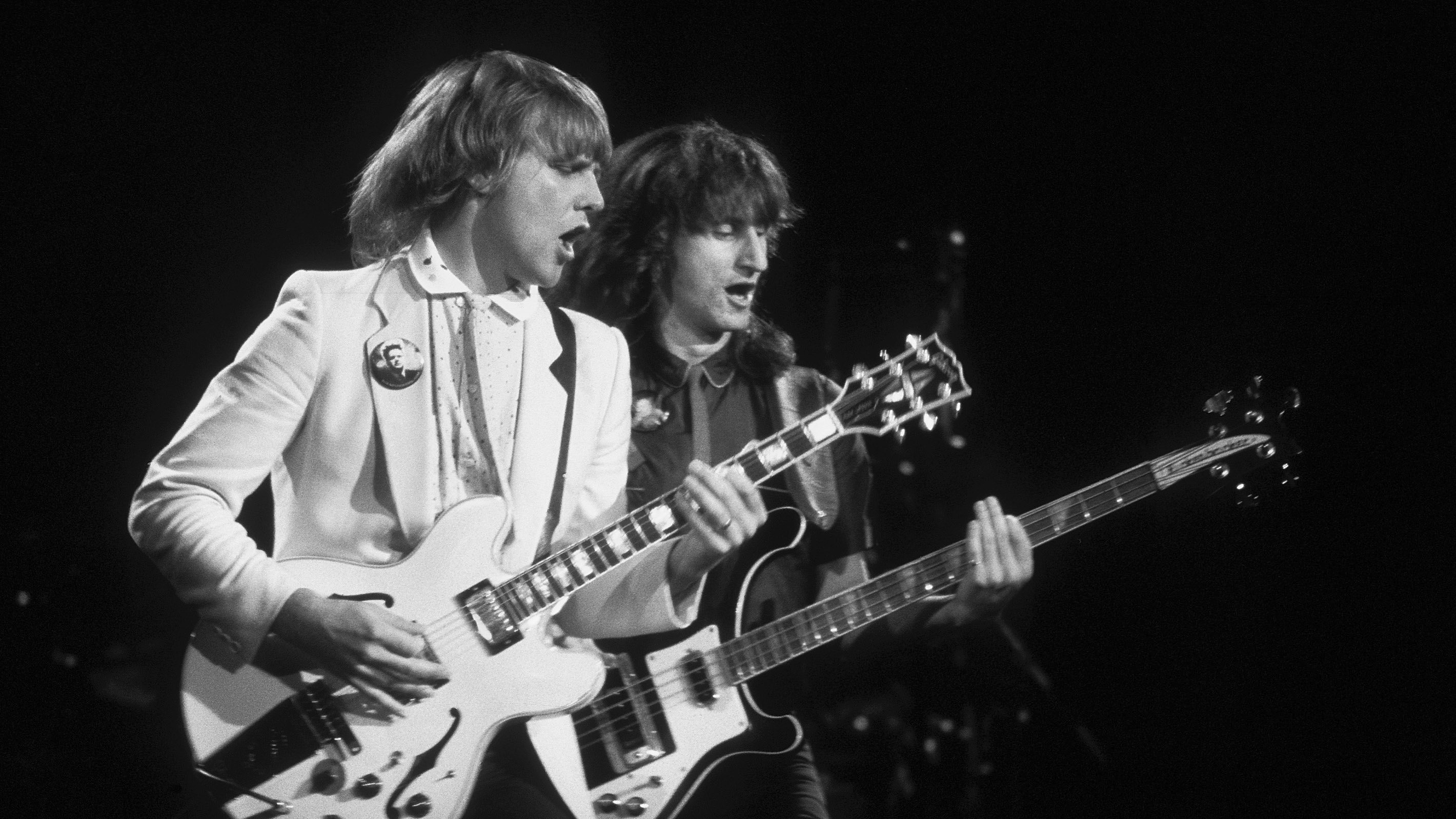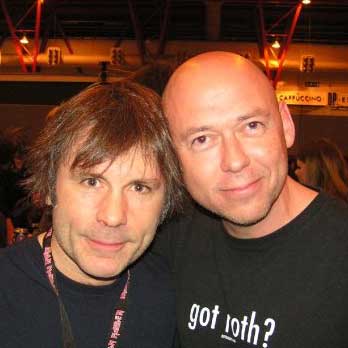“We always have one song, on every album, that doesn’t quite click. And we thought that Tom Sawyer was going to be the one”: How Rush finally nailed their most famous song
“We were going for this dry sound with that unique tone,” Geddy Lee said

Released in February 1981, Moving Pictures was the biggest selling album of Rush’s career, and arguably the best. But it wasn’t an easy album to make - especially when it came to recording what is surely the band’s best known song, Tom Sawyer.
At the end of the ’70s, Rush had arrived at a crossroads. The masters of progressive heavy rock felt trapped in a world of their own making after a series of fantastically overblown albums – culminating with 1978’s Hemispheres, a brilliant record, but one that the band’s bassist and lead vocalist Geddy Lee considered “formulaic”.
In the wake of punk, in an era dominated by new wave, it was time for Rush to move on. For a new decade, they developed a new sound.
The reinvention of Rush began with the 1980 album Permanent Waves and its hit single The Spirit Of Radio, in which rock power and intricate musicianship was allied to a zinging pop sensibility.
In an intervene with Classic Rock, guitarist Alex Lifeson said of Permanent Waves: “We were going in a different direction, writing in shorter, more concise forms. And that’s something that connected with people on a larger scale.”
That transition was completed with Moving Pictures.
Tom Sawyer, the opening track on Moving Pictures, is to this album what The Spirit Of Radio is to Permanent Waves – an anthem that defined the modernist Rush of the early ’80s, and endures, decades on, as a rock classic.
Get the MusicRadar Newsletter
Want all the hottest music and gear news, reviews, deals, features and more, direct to your inbox? Sign up here.
Equally, there is in Tom Sawyer, as in The Spirit Of Radio, a perfect synthesis of the old and the new: the clean lines of a slick, contemporary sound, but also the kind of bravura that dazzled on past epics, with Lifeson delivering a mind-bending solo, Geddy Lee free-styling on bass, and Neil Peart’s thunderous fills proving why many rated him as the best rock drummer since Led Zeppelin’s John Bonham.
But as Lifeson said of Tom Sawyer. “That was such a hard song to get right. I remember spending a lot of time on that song. A lot of time…”
Some of that time was spent, as Geddy Lee recalled, “experimenting to get the right sounds” – first, for the bass pedal synthesizer in the intro, with what he called “that big, growling low-end”.
But as Lee said: “The hardest thing of all was getting the right guitar sound in the solo section.
“We wanted that section to be played pretty much as a three-piece, not a whole lot of overdubs, but with a sound that filled up the stereo spectrum and didn’t sound empty. So the guitar sound for Alex’s solo was really critical. It wasn’t drowning in echo. That was the old trick we used in the past. If you want to fill the space, put an Echoplex on Alex and the repeats will fill up the space.
“But we didn’t want to do that. We were going for this dry sound with that unique tone, and for it not to feel empty, that was kind of hard. And even mixing that song was difficult.”
At one point, they almost gave up on the song.
“We always have one song, on every album, that doesn’t quite click,” Lee said. “And we thought that Tom Sawyer was going to be the one. Which just goes to show you we don’t know what we’re talking about!”
In the end, what Rush delivered in Tom Sawyer was a brilliant ensemble performance: the tension in Peart’s taut beats and explosive fills, the expressiveness in Lifeson’s solos, the heavy propulsion in Lee’s bass, and the nuances in his voice, singing high and low to dramatic effect.
As Lee said: “After a lot of struggling, we nailed it, and it was so powerful. We were going, ‘Shit, where did that come from?’ That song was a late bloomer, but when we finally nailed it, we were so happy.”

Paul Elliott has worked for leading music titles since 1985, including Sounds, Kerrang!, MOJO and Q. He is the author of several books including the first biography of Guns N’ Roses and the autobiography of bodyguard-to-the-stars Danny Francis. He has written liner notes for classic album reissues by artists such as Def Leppard, Thin Lizzy and Kiss. He lives in Bath - of which David Coverdale recently said: “How very Roman of you!”
You must confirm your public display name before commenting
Please logout and then login again, you will then be prompted to enter your display name.











